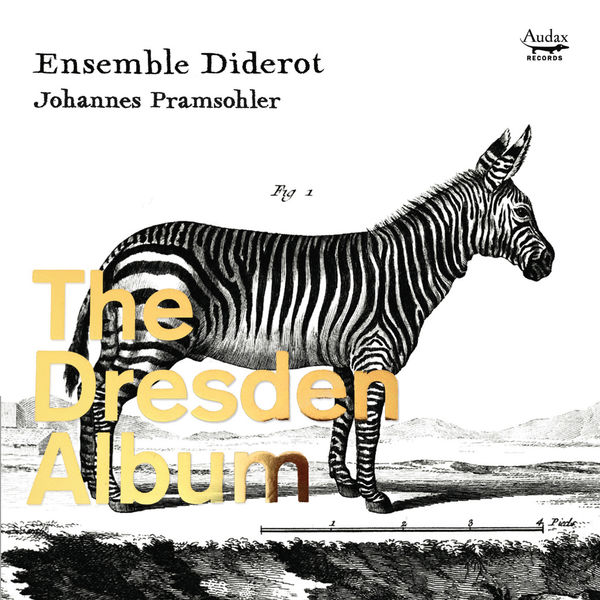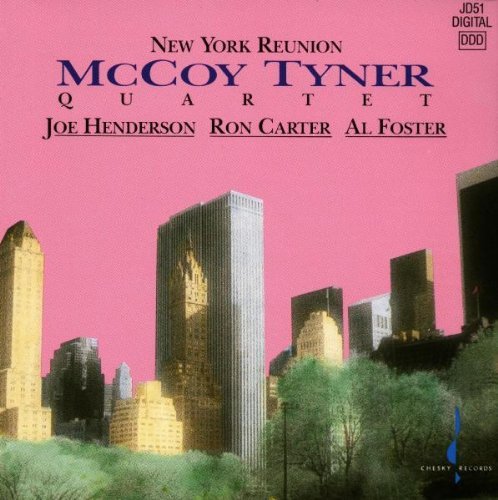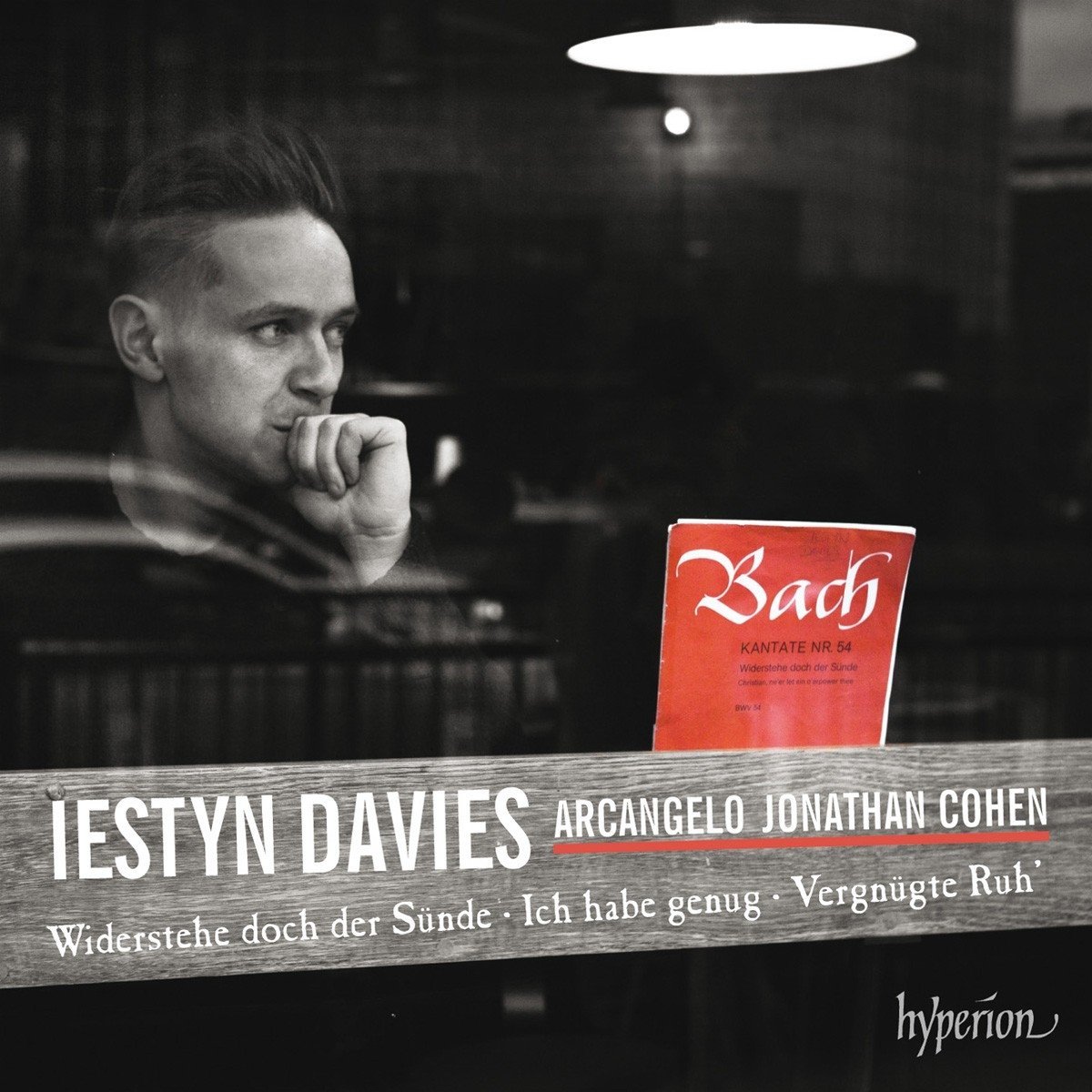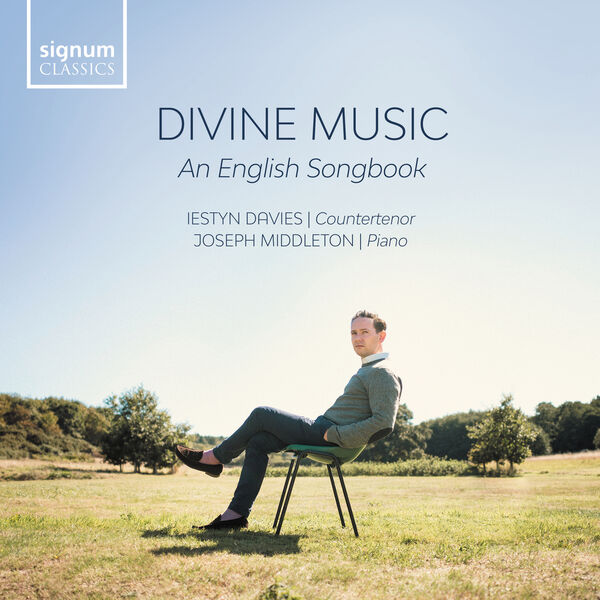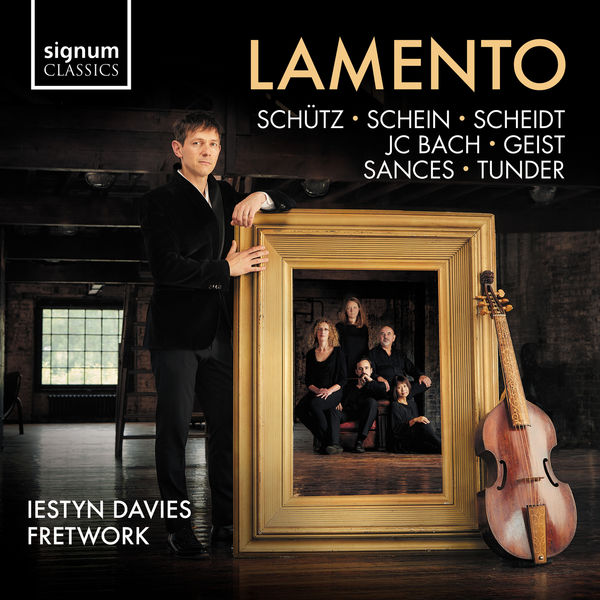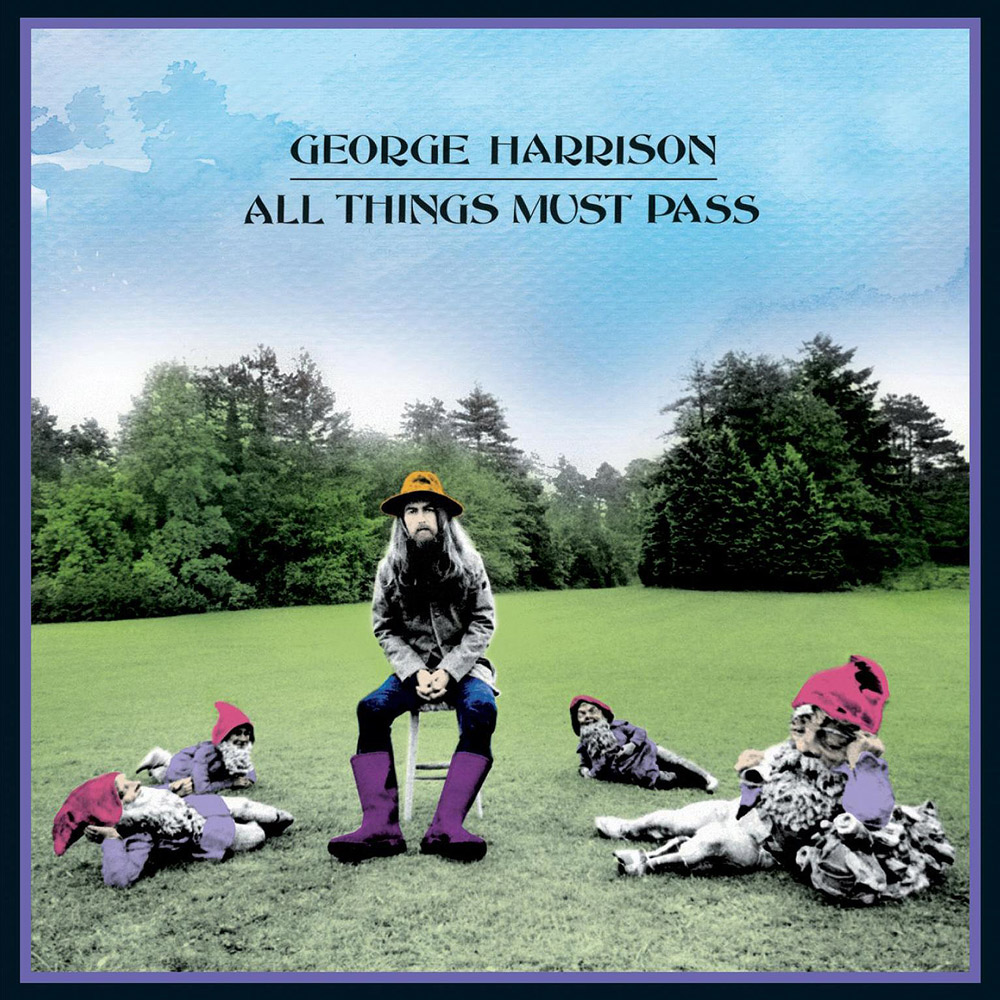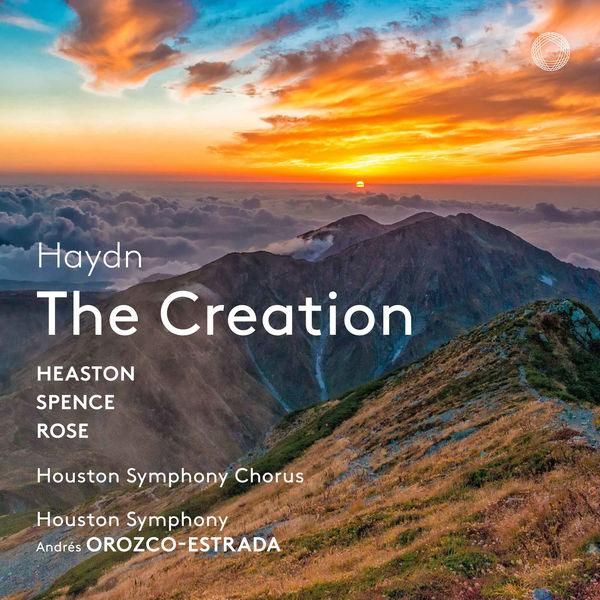Ensemble Diderot, Johannes Pramsohler – The Dresden Album (2014)
FLAC (tracks) 24 bit/96 kHz | Time – 01:03:09 minutes | 1,38 GB | Genre: Classical
Studio Masters, Official Digital Download | Digital Booklet, Front Cover | © Audax Records
Johann Georg Pisendel was the most prominent German violin personality of the early eighteenth century. Born and raised in Ansbach, Franconia, he probably took lessons for a short time during his childhood with Giuseppe Torelli, who was active at the court there, and subsequently continued to build upon what he had learned from him. During studies in Leipzig – a sine qua non for any social-career advancement within the German Protestant upper-class – Pisendel built up, starting in 1710, a network that included Telemann, Heinichen, Fash, Graupner, and all those composers who henceforth represented the “mixed taste” in Germany.
In 1712 he entered the Dresden Hofkapelle of August the Strong and very soon advanced to become one of the musical “prince’s attendants”: In order to veil his conversion to Catholicism, and to orchestrate his marriage with the Habsburg Archduchess Maria Josepha, Crown Prince Friedrich August II was sent on a multi-year “grand tour.” However, in places where he sojourned for longer periods, such as Paris, Venice, and above all Vienna, he was provided with musicians from Dresden, which allowed the incognito traveler (everybody knew who he was, of course!) to maintain a court household befitting his social status.
The careful personnel planning of the Dresden court was obviously very well-suited to Pisendel’s boundless Protestant work ethic and his desire for education and self-improvement, for wherever he was sent, the “orchestra di Dresda” was afforded stimulating encounters: in 1714 in Paris, Pisendel quite obviously met with Jean-Fery Rebel and Francois Couperin, and took their latest compositions – for example, Rebel’s Les Caracteres de la Danse – and naturally also the acquired knowledge of the “gout francais” back to Dresden. The sojourns in Venice and Rome that followed in 1717 enriched the orchestra’s library with a whole slew of compositions, dedicated “per il Signor Pisendel,” by Montanari, Albinoni, and Valentini, and above all, heralded in Dresden’s unique cultivation of Vivaldi.
Tracklist:
Georg Friedrich Händel (1685–1759)
Trio sonata in G Minor, HWV 393
1. Andante 03:10
2. Allegro 02:09
3. Largo 02:49
4. Allegro 02:20
Johann Joseph Fux (1660–1741)
Trio sonata in A Major, K 340
5. Adagio 02:19
6. Allegro 02:01
7. Adagio 02:22
8. Allegro 02:31
Johann Friedrich Fasch (1688–1758)
Trio Sonata in D Major, FWV N-D4
9. Andante 02:58
10. Allegro 02:09
11. Affettuoso 02:20
12. Allegro 04:24
František Ignác Tůma (1704–1774)
Trio sonata in C Minor
13. Adagio 01:39
14. Alla Breve, Adagio, Alla Breve 03:59
Georg Philipp Telemann (1681-1767)
Trio Sonata in E-Flat Major, TWV 42:Es1 ”Musique de Table”
15. Affettuoso 03:24
16. Vivace 04:02
17. Grave 03:21
18. Allegro 04:12
Georg Friedrich Händel (1685–1759)
Trio sonata in E Major, HWV 394
19. Adagio 03:47
20. Allegro 02:11
21. Adagio 02:12
22. Allegro 02:46
